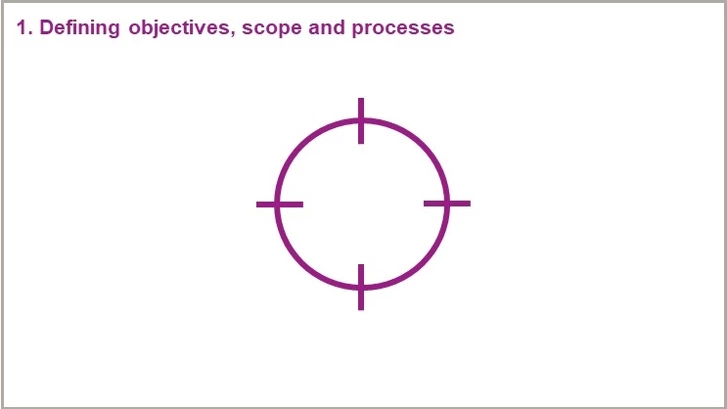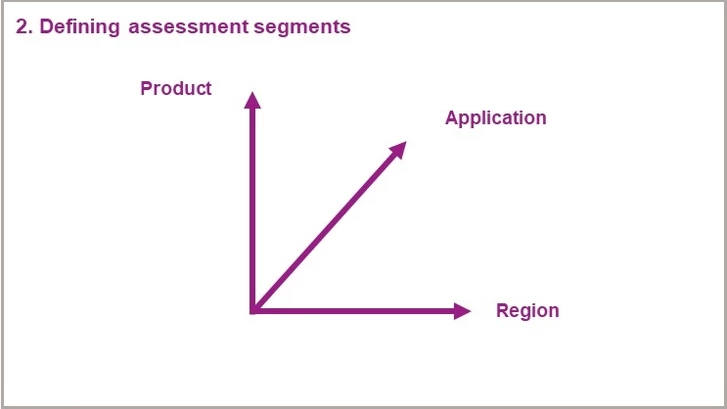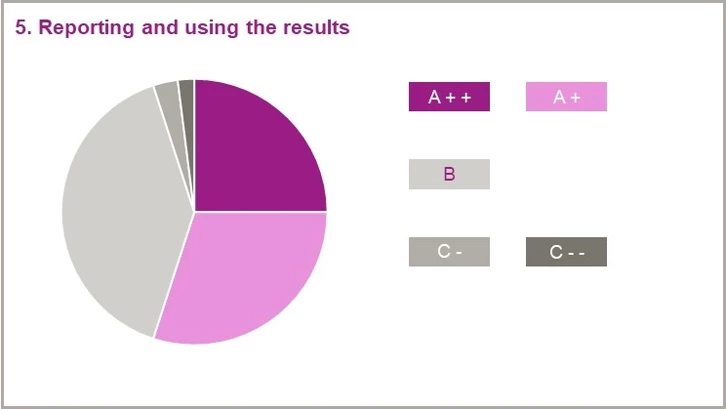REVISED SUSTAINABILITY ANALYSIS OF OUR BUSINESS
Evonik aims to integrate sustainability directly into business-related decision-making processes. For that, we need a transparent and quantifiable evaluation of sustainability aspects is essential.
In 2018, we fundamentally revised the methodology used to analyze the sustainability of our business on the basis of the Portfolio Sustainability Assessment published by the World Business Council for Sustainable Development (WBCSD). The results of our sustainability analysis supplement our established internal strategic business analyses.
An extensive analysis using the new method will be carried out for the first time in 2019.
Read more.

The sustainability analysis of our business identifies ecological and social opportunities and risks along our value chains. The objective is to support our operating businesses in the development of their market and business strategies.

All Evonik businesses are included in the analysis at the level of PARCs (= product-application-region combinations). A PARC comprises a product or product group used for a defined application in a specific region.

The next step is to examine and evaluate the market signals shown in the chart.

The results of the sustainability analysis are used in a structured overall evaluation of the sustainability performance of our businesses. The PARCs are allocated to performance categories: A++, A+, B, C- or C--. The full portfolio of each business entity is evaluated at this level.

We use the results of the analysis as follows:
To identify our contribution to reducing the ecological footprint of our business and maximizing our hand print along our value chains .
To extend the scope of product development (e.g., sustainability profiles from the viewpoint of customers and end-markets) .
To quantify the contribution made by Evonik's products and solutions to achieving the SDGs.
For transparent action on possible exposure risks (e.g., product stewardship, regulatory trends).
